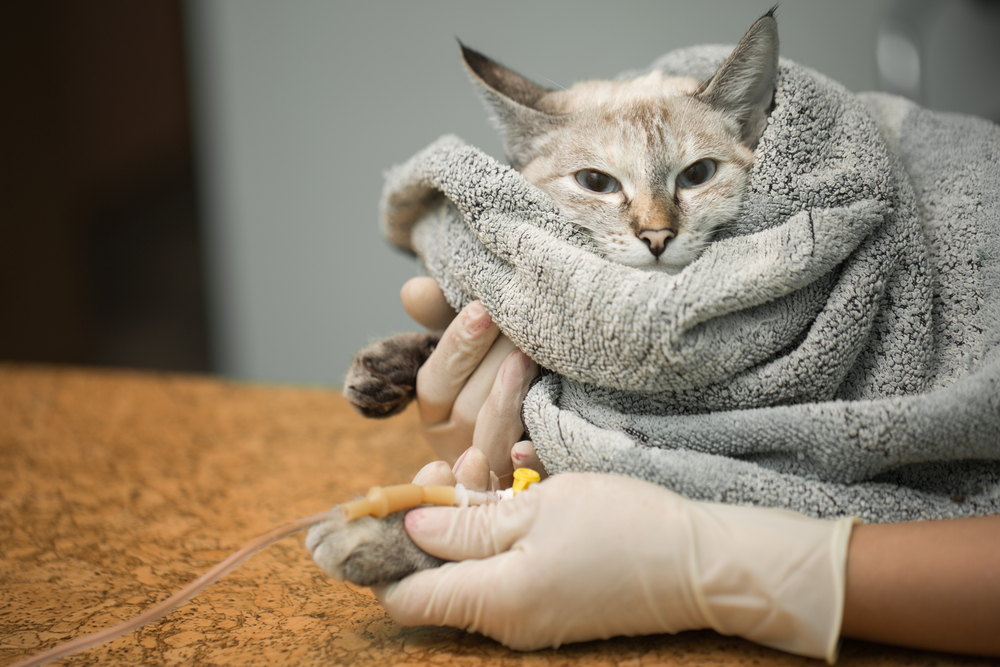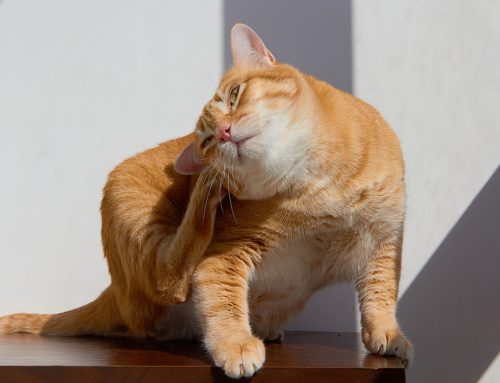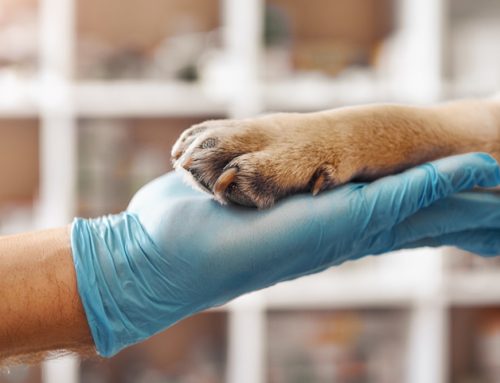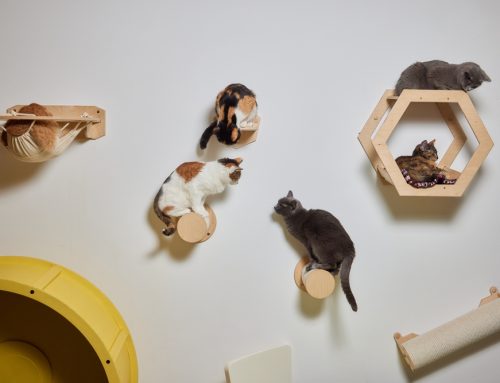Hepatic lipidosis in cats is a potentially life-threatening condition that many owners do not recognize until their cat is critically ill. Understanding this unique feline condition and its potential consequences can help minimize your cat’s risk and, should your cat be affected, support their recovery and avoid future relapses.
What is hepatic lipidosis in cats?
During hepatic lipidosis, which is also known as fatty liver syndrome in cats, fat cells accumulate in the liver, invading normal liver cells (i.e., hepatocytes), and disrupting normal organ function. The liver plays many critical roles, including digestion and metabolism, protein and fat synthesis, hormone production, and blood filtration, so affected cats experience significant sickness, including severe appetite loss, an inability to absorb nutrients, and a buildup of toxins and waste products in the body.
Why did my cat get hepatic lipidosis?
Veterinary experts are still working to understand why cats experience this unusual condition. However, they are confident that hepatic lipidosis most frequently occurs secondary to another disease or disorder, such as:
- Obesity
- Diabetes
- Kidney disease
- Cancer
- Inflammatory bowel disease (IBD)
- Pancreatitis
- Overactive thyroid (i.e., hyperthyroidism)
Although most affected cats are adults or seniors, hepatic lipidosis can occur in young cats. When a cat stops eating for a prolonged period (e.g., three to four days), the cat’s body utilizes stored fat from other areas that is sent to the liver to be used as energy. However, the liver is overwhelmed by the sudden rush of concentrated fat and responds by shuttling the excess fat (i.e., triglycerides) into liver tissue.
What are hepatic lipidosis warning signs in cats?
Appetite loss (i.e., anorexia) is the first notable sign. If your cat suddenly refuses to eat, pay close attention, and if their appetite doesn’t return, consult your Willow Wood Animal Hospital veterinarian to determine if an appointment is necessary.
Other warning signs may occur along with or because of the anorexia and the cat’s health may rapidly decline. Recognizable signs may include:
- Drastic weight loss
- Vomiting
- Diarrhea
- Drooling
- Abdominal pain or distention
- Jaundice (i.e., yellowing of the eyes and gums) — Act immediately if you notice your cat’s eyes, gums, or the skin inside their ears have a yellow tint, which indicates critical illness.
Prompt treatment is essential to ensure a good outcome. If your cat has lost their appetite or weight, do not wait for additional warning signs—contact Willow Wood Animal Hospital immediately. Sadly, without aggressive treatment measures, cats decline can rapidly and die.
How is hepatic lipidosis treated in cats?
Hospitalization is necessary to correct the dehydration and electrolyte imbalances that the vomiting and diarrhea cause and to safely eliminate stored fat (i.e., triglycerides) from the liver. To do the latter, the cat’s body must receive energy through nutrition, but affected cats are anorexic, nauseated, and stressed, so an external feeding tube is surgically placed to deliver consistent, concentrated nutrition. The tube has an external port that connects to your cat’s esophagus (i.e., esophagostomy tube) or stomach (i.e., gastrostomy tube).
Because liver healing is gradual, stabilized cats may be released from the hospital after several days, but must continue to receive home care—including tube feedings and medication—as directed by the veterinarian. Additional treatments or medications may be necessary to address underlying conditions (e.g., diabetes, hyperthyroidism) that may have caused your cat’s fatty liver syndrome.
Once an affected cat is eating normally, the feeding tube can be removed during an outpatient appointment. However, patience is key, because the liver must heal completely. Feeding tubes are typically removed six to eight weeks after hospitalization.
Can hepatic lipidosis be prevented in cats?

Although hepatic lipidosis cannot be prevented, owners can minimize their cat’s risk by maintaining their overall health. This includes:
- Promoting a lean, healthy weight — Obesity increases your cat’s risk for fatty liver syndrome. Feed your cat portioned meals, limit treats, and exercise them regularly.
- Managing chronic health issues — Work with your Willow Wood Animal Hospital veterinarian to manage your cat’s chronic illness (e.g., diabetes, cancer, inflammatory bowel disease [IBD]). Keeping your cat’s health in check and staying vigilant about any appetite or behavior changes will reduce their risk.
- Monitoring your cat’s behavior — Understanding your cat’s behavior (e.g., appetite, energy, sociability) can help you identify problems before they become serious.
- Staying up-to-date on wellness care — Our team understands that twice-yearly veterinary visits can be challenging for cats and their owners, but routine physical examinations and healthy pet blood work are key screening tools that help your veterinarian uncover hidden disease. Early detection improves your cat’s prognosis and helps you avoid complications such as fatty liver syndrome.
Hepatic lipidosis in cats is an alarming diagnosis that can be more frightening when you don’t understand what is happening to your feline friend, and why. The Willow Wood Animal Hospital team hopes that with increased hepatic lipidosis education and awareness, cat owners will see the value of supporting their cat’s overall health and monitoring their behavior.
Is your cat experiencing unusual appetite or weight changes? They need immediate help, so contact our team to schedule an appointment. Also, contact us if your cat is due for their regular wellness examination.








Leave A Comment